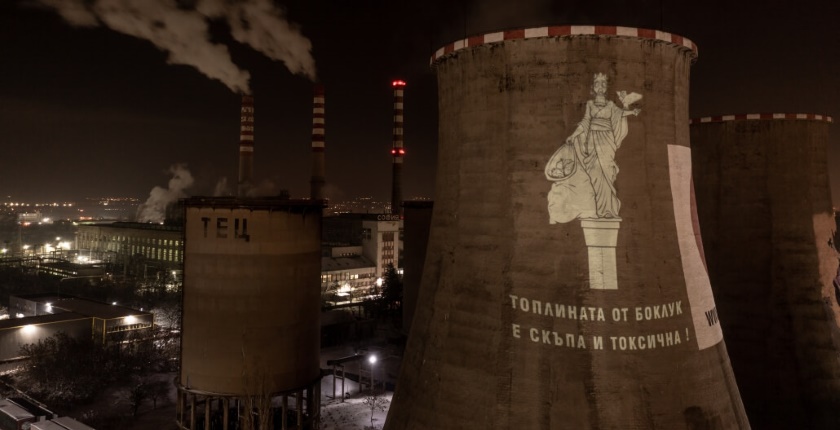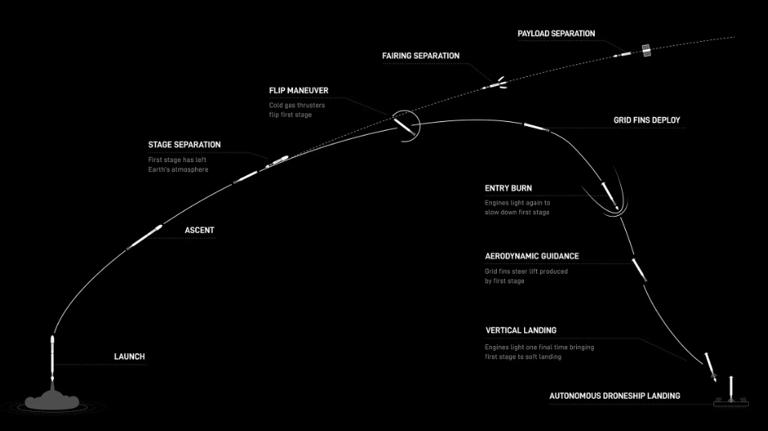
PN MP Claudette Buttigieg criticised the government’s proposed EcoHive project in Magħtab, warning that it is being falsely portrayed as an environmentally friendly initiative, when in reality, she said, it involves bundling together two incinerators and multiple waste facilities in one area, posing major health risks for nearby communities.
During her adjournment speech in Parliament on Monday, Buttigieg spoke of the Magħtab incinerator project, the “so-called EcoHive project.” Last Saturday, a small group of residents held a protest against the project.
“What you might think is a family park when you hear the name, is actually a project that will include not one, but two incinerators, one for black bag waste – waste-to-energy, and the other for industrial, toxic, hospital and hazardous waste (which is currently being exported), as well as an organic waste plant, bulky waste, and a recycling plant – for glass, paper and metal,” Buttigieg said.
She said that all of these will be situated next to each other.
Buttigieg said that several residents have lamented to her, asking questions such as if a site selection exercise was carried out, and how it was decided that these incinerators and all these plants would be located next to each other in Magħtab.
Another question residents have asked was as to why impact assessments are being carried out on separate components/plants of the complex and not on the entire complex as a whole.
Buttigieg said that according to the Coordinated Assessment document submitted by the company AIS Environment, the report stated that the incinerator’s impacts will spread over localities in an area of 113 square kilometers (within a 6km radius), and that these localities include: Naxxar, St. Paul’s Bay, Mosta, Għargħur, Lija, Attard, Balzan, Iklin, Birkirkara, San Ġwann, Msida, Swieqi, Pembroke, St Julian’s, Sliema, Gżira, Rabat, and Mġarr.
Buttigieg said residents are asking how many of these localities were consulted publicly and/or via Local Councils and/or the Mayors representing them.
“Given that the most prominent winds affecting the Maltese Islands come from the North and Northwest, what technical evidence does the government have to justify choosing Magħtab as a suitable area for building two incinerators, considering that these winds would blow smoke and particulates generated by the chimneys over residential areas along the coast, especially Baħar iċ-Ċagħaq, Madliena, Swieqi, Pembroke, St Julian’s, Sliema, Gżira, and possibly even Valletta?” Buttigieg said was another question posed by residents.
Buttigieg said that in the document Project Description Statement Report for Thermal Treatment Facility (As per ERA requirements for PA/06096/23), there is reference to PM10 particle size, but no mention of PM2.5.
She added this is despite studies showing that while PM10 particles enter people’s noses and lungs, PM2.5 particles can even enter the bloodstream.
“The EcoHive project has a strong element of greenwashing, and in March 2023, the European Union began working on the framework for the Green Claims Directive to ensure that projects
like EcoHive no longer give the impression they are environmentally beneficial when in reality they are a serious source of pollution,” she said.
Buttigieg said that incinerators release gases such as CO2 (dioxin), so it is misleading to give the impression that incinerators are a so-called “green solution.”
She said that government is obliged to provide clear information to the residents.
“The government should be prepared to provide financial assistance to residents so they may collectively appoint independent experts of their choice to properly guide them on what is being proposed in this waste project, known as EcoHive, in Magħtab, Naxxar,” Buttigieg said.












